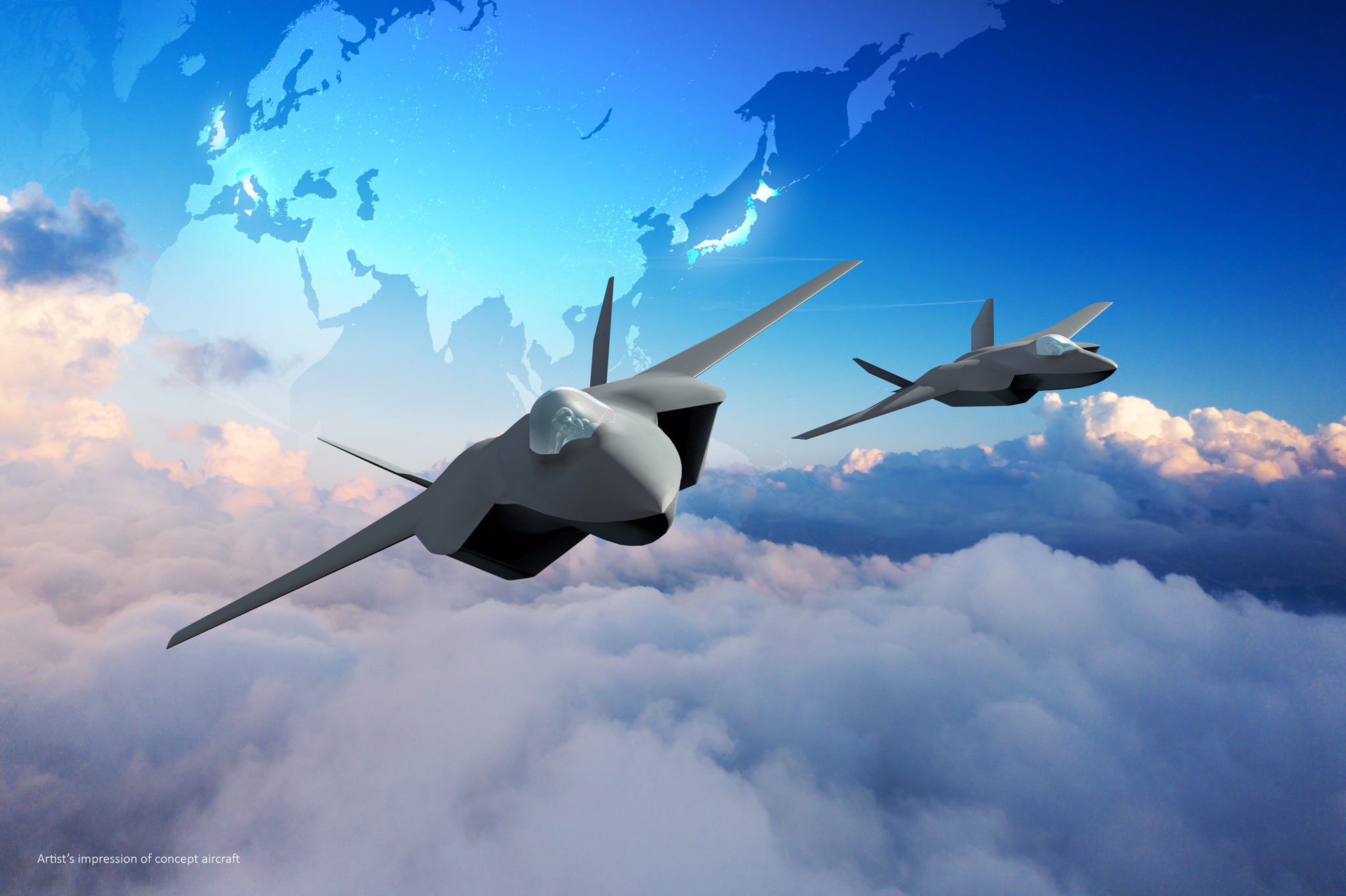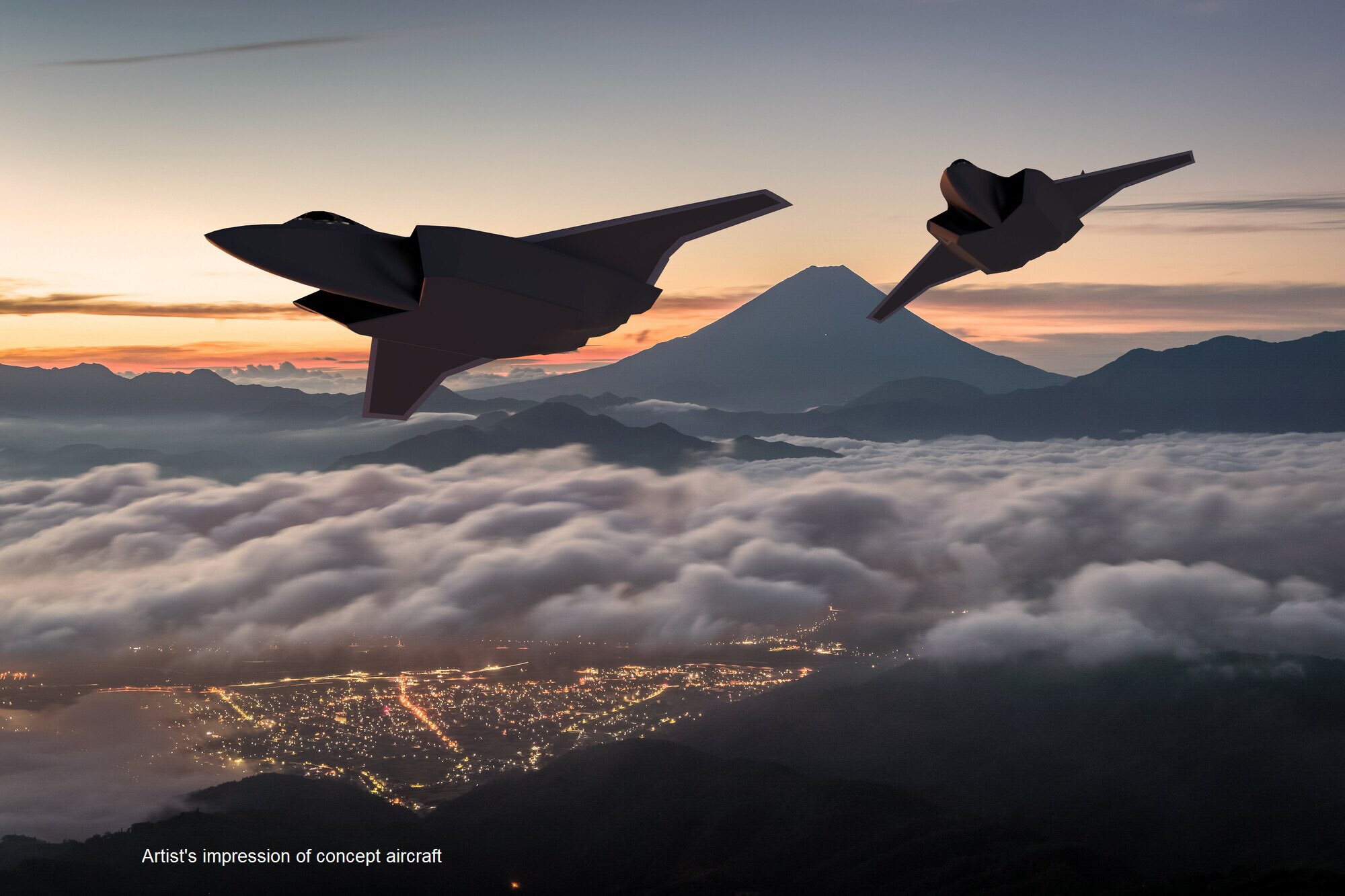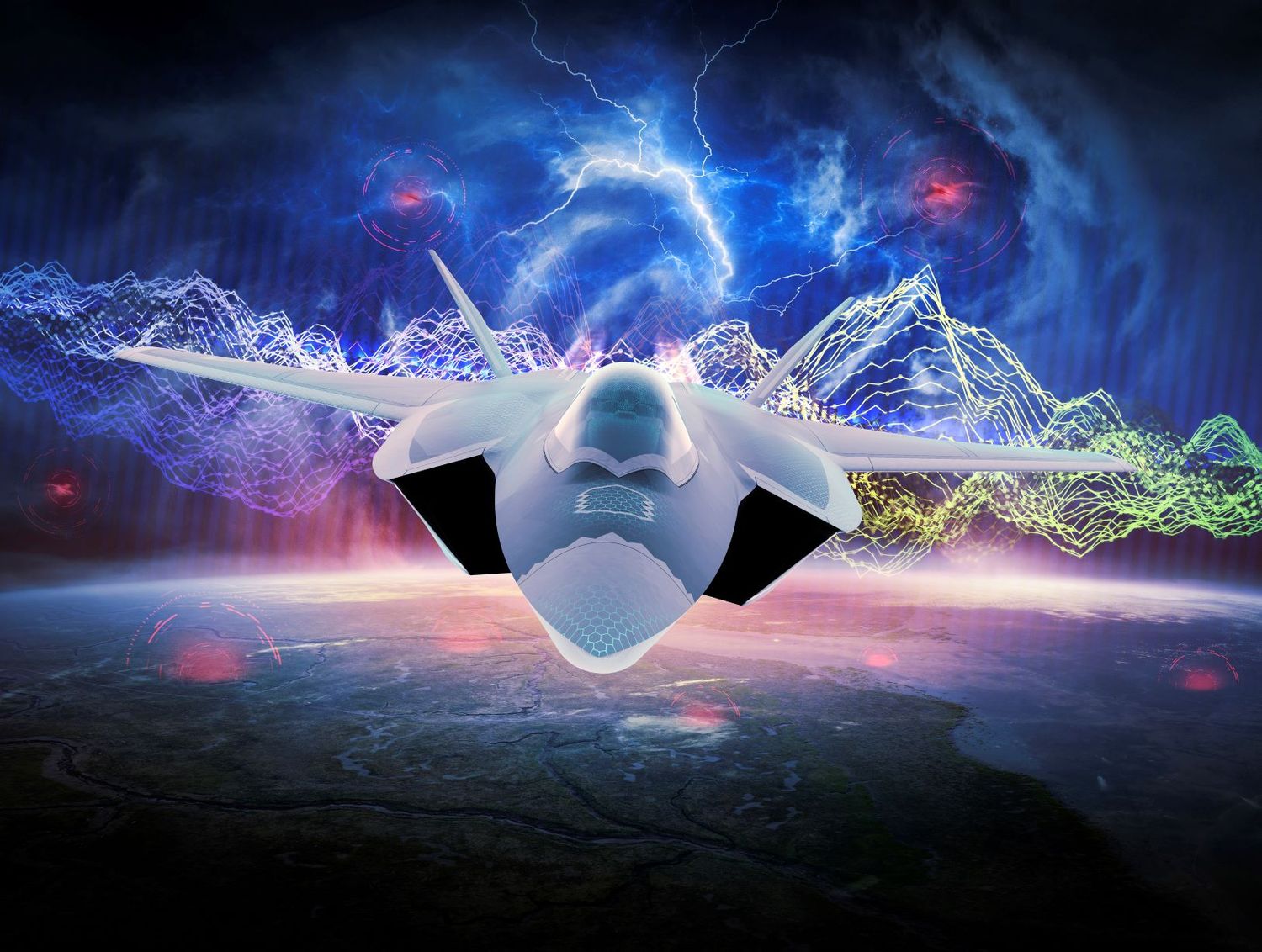GCAP: electronics for new joint UK-Japan-Italy fighter to be developed by industrial alliance
Mitsubishi Electric representing Japan, Leonardo UK representing the United Kingdom and both Leonardo and Elettronica representing Italy agreed to forge a closer business relationship to jointly develop integrated electronics for the Global Combat Air Program (GCAP).
The four companies will work together within the ISANKE & ICS (Integrated Sensing and Non-Kinetic Effects & Integrated Communications Systems) development scope, an integrated, dispersed, multi-function, sixth-generation sensor network, which will be able to perform sensing, communications and electronic warfare missions using common hardware.

This cutting-edge development would enable aircrews of the future sixth-generation tri-national GCAP fighter to gain a major information advantage and advanced self-protection capabilities.
The partners will evaluate suitable commercial and international operational models to carry forward the work on the ISANKE & ICS. The next formal step, would be the construction of joint venture, or some similar type of permanent industrial partnership.
What is ISANKE & ICS?
ISANKE will move away from the traditional combat airborne model of individual airborne sensors to provide a fully integrated detection, fusion and self-protection capability based on a spider web of detection and effect nodes on each platform. ICS will enable ISANKE to operate in networked manned and unmanned aircraft formations as part of a larger multi-domain system of systems in each country. ISANKE and ICS will also ensure that the three GCAP nations can interoperate with their allies in joint operations.
Integrated across all five domains: air, land, maritime, space and cyber, the core GCAP platform will rapidly manage a wealth of data, providing aircrews with the information superiority they will need to succeed in complex and contested battlespaces, as well as providing valuable intelligence to other operators. This makes the 6th generation ISANKE & ICS domain substantially more capable compared to the operational capabilities of the previous generation.
This new universal RF sensor technology has its origins in the JAGUAR program, underwritten by the UK and Japan, which were to be integrated into the 6th generation TEMPEST and F-X platforms, before the merger of the two programs into GCAP was agreed.
A fresh start
To deliver this capability, the ISANKE & ICS domain partners recognize that the legacy program structures, infrastructures and performance metrics need to be re-evaluated in order to set the pace necessary to meet the program’s 2035 goal.

As the parties work toward the creation of a permanent commercial structure, national industrial capacity requirements and intellectual property principles, shared in the spirit of a fully integrated tri-national program, will be taken into account.


Para comentar, debés estar registradoPor favor, iniciá sesión